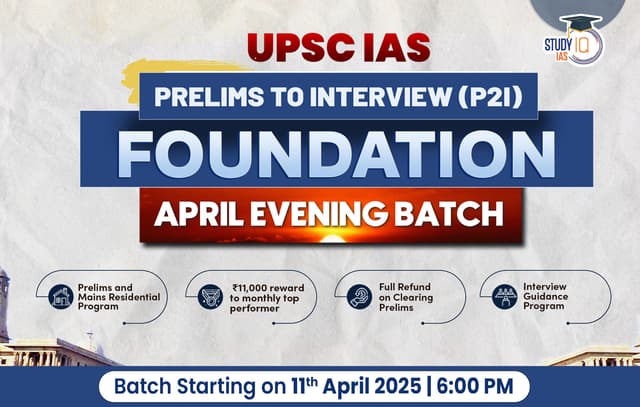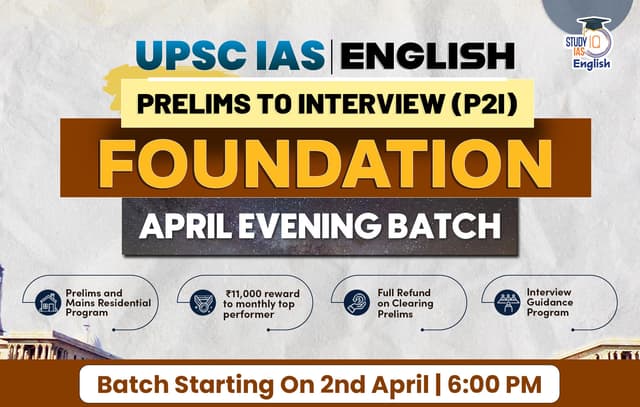indian polity
-
Mandal Commission Report, Timeline, Recommendations
Mandal Commission The Mandal Commission, also known as the Second Socially and Educationally Backward Classes Commission, was set up to identify backward classes in India. Led by B. P. Mandal, it submitted its report in 1980, and the recommendations were...
Last updated on October 21st, 2024 06:07 pm -
Article 14 of Indian Constitution, Equality Before Law, Explanation
Article 14 of Indian Constitution Our nation is still unable to achieve true freedom even after 73 years of independence. Discrimination and other evils still exist in our land. This taboo even affected the intention of the constitution makers or...
Last updated on October 21st, 2024 05:02 pm -
India Nepal Border Dispute, Map, Kalapani & Susta Conflicts
India Nepal Border Dispute India and Nepal, which share an open border, have had a mixed relationship, swinging from friendly to tense. The relationships mostly between them are close and rooted in shared history, culture, tradition, and religion. These ties...
Last updated on October 21st, 2024 04:30 pm -
India-Pakistan Border Dispute, Major Disputed Regions, Map
India Pakistan Border Dispute Since, 75 years of India’s independence, India has been in boundary disputes with nearly all its neighbors. Over the years leaders of these neighbouring nations have sat together to resolve these boundary disputes. Many of them...
Last updated on October 21st, 2024 03:48 pm -
Lokayukta, History, Appointment, Tenure, Power & Criticism
Lokayukta The Lokayukta has the power to investigate the actions of public servants if the state government refers the case to them. This helps prevent public servants from misusing their authority for personal gain. One of the Lokayukta's main jobs...
Last updated on October 21st, 2024 01:09 pm -
Parliamentary Form of Government, Meaning, History, Merits & Demerits
Parliamentary Form of Government A democratic government known as a parliamentary one is one in which the political party winning the most seats in the federal election's legislative or Parliament becomes the ruling party. India's parliamentary system of government is...
Last updated on October 21st, 2024 12:37 pm -
Delimitation Commission of India Objectives and Meaning
The Delimitation Commission, also known as the Boundary Commission of India, was established by the Indian government in accordance with the guidelines given by the Delimitation Commissions Act. This commission, which the President of India specifically established, collaborates with the...
Last updated on October 21st, 2024 11:35 am -
Amendment of the Constitution of India, Provisions and List
Amendment of the Constitution of India Amendment of the Constitution of India means the process of making changes to the Constitution. The parliament has the authority to change the constitution under Article 368 of Part XX. The best way to understand the...
Last updated on October 21st, 2024 10:55 am -
Legislative Procedure in Parliament, Constitutional Provisions
Legislative Procedure in Parliament Both houses of Parliament follow the same legislative process to pass laws into law. In both houses, the bills go through the same processes. Bills might be either public or private. The executive must create specific...
Last updated on October 21st, 2024 10:34 am -
Judicial Doctrines, List of Doctrines of Indian Constitution
Judicial Doctrines A doctrine is a principle or belief often held by authorities like courts. It can be a rule or a legal theory. In India, there are several important judicial doctrines under the Constitution. This doctrine states that the...
Last updated on October 19th, 2024 06:10 pm






















